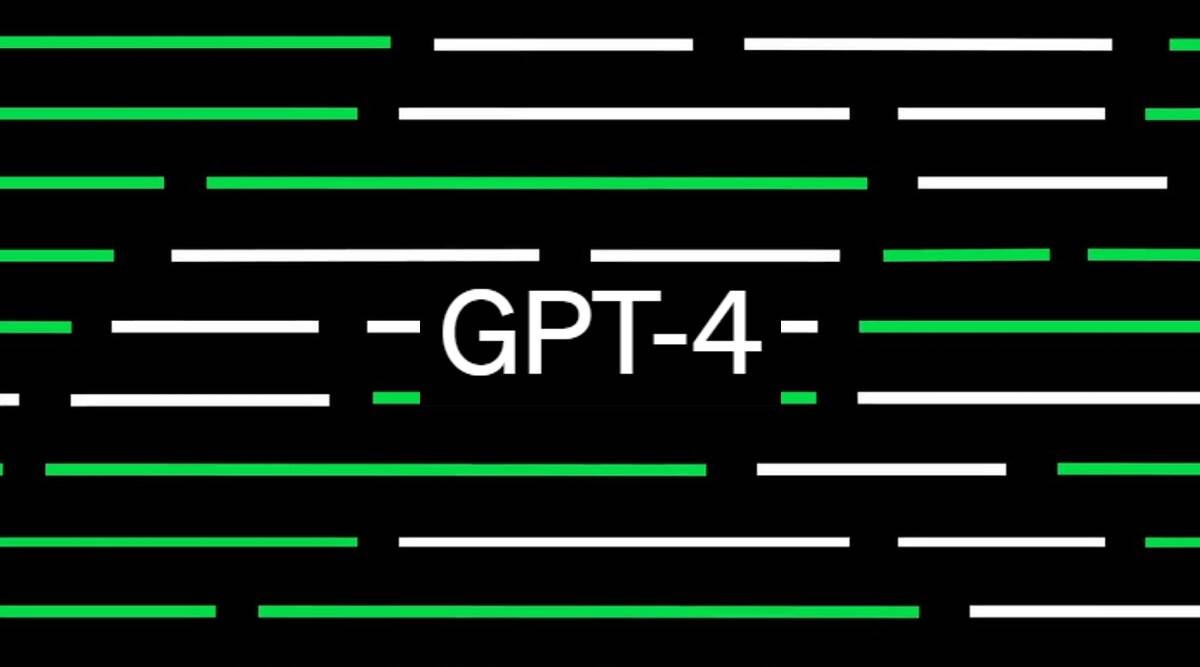As an AI enthusiast, today marks an absolutely massive day in the world of generative AI. The highly anticipated and insanely powerful GPT-4 has finally been announced, and it's causing quite a stir. The big news from Google and the fierce rivalry with Microsoft are adding fuel to the fire, as both tech giants scramble to integrate AI features into their products. In this article, I'll take you through the various aspects of this groundbreaking development in the AI space and its potential implications.
GPT-4: A New Level of AI Capabilities
The GPT-4 is a major advancement in the generative AI space, with a plethora of AI-powered features that are set to revolutionize how we work with Gmail, Google Docs, and other Workspace apps. These features include the ability to draft replies, summarize content, prioritize emails, brainstorm ideas, proofread and rewrite documents, and even bring creative visions to life through auto-generated images, audio, video, and slides.
With GPT-4's enhanced capabilities, users can now handle longer-form content creation, extended conversations, document search, and analysis, making it an invaluable tool for businesses and individuals alike.
GPT-4 Versus GPT-3.5
The GPT-4 is a significant improvement over its predecessor, the GPT-3.5, scoring higher on various benchmarks and tests, including the Uniform Bar Exam, where it scored in the 90th percentile compared to GPT-3.5's 10th percentile. In addition to its superior performance in English, GPT-4 also excels in other languages like Italian, African, Spanish, German, French, Indonesian, Russian, and Polish.
Integrating GPT-4 with Google and Microsoft Products
As Google and Microsoft vie for dominance in the AI space, both companies are racing to integrate GPT-4's capabilities into their products. For instance, Google is working on integrating GPT-4 into Google Sheets, while Microsoft is partnering with OpenAI to roll out GPT-4 tools for its users. This integration has the potential to disrupt the business models of companies that have built their offerings around AI-powered features, as these tech giants start offering similar capabilities within their own products.
GPT-4's Creative and Collaborative Potential
GPT-4's ability to generate, edit, and iterate content makes it a powerful tool for creative and technical writing tasks. Users can now compose songs, write screenplays, and even learn a user's writing style for personalized output. The AI's impressive reasoning and conciseness make it an ideal tool for solving problems, writing in-depth articles, and crafting engaging stories.
Visual Inputs and Multimodal Support
One of the standout features of GPT-4 is its ability to process visual inputs, such as images, and use them as additional context for generating content. This added capability can potentially transform visual accessibility and enable more engaging, interactive experiences for users.
GPT-4's Impact on Business and Education
Organizations like Morgan Stanley, Khan Academy, and the government of Iceland are already exploring the potential of GPT-4's technology to streamline user experiences, combat fraud, and provide in-depth analysis. The powerful AI is poised to reshape how businesses and educational institutions operate, offering unprecedented levels of automation and efficiency.
The Future of Work and Collaboration
GPT-4's advancements in language understanding and generation can lead to improved efficiency and productivity in the workplace. As AI takes on more mundane and repetitive tasks, employees can focus on more strategic and creative aspects of their jobs. The AI's ability to collaborate with users, understand context, and offer accurate, context-aware suggestions will undoubtedly change the way we work and collaborate in the future.
Democratizing Access to AI Technologies
The increased accessibility of GPT-4's powerful features has the potential to democratize AI technologies, making them available to a broader range of users. This accessibility could empower small businesses, entrepreneurs, and even individual users to harness the power of AI for various purposes, from enhancing their products and services to improving their personal productivity.
Ethical Considerations and Responsible AI Development
As GPT-4's capabilities continue to expand, it is crucial to address the ethical considerations and challenges that come with such advanced AI technologies. Ensuring responsible AI development, combating bias, and addressing privacy concerns will be essential in maintaining trust and ensuring that the technology benefits society as a whole.
The Ongoing AI Race
The development and release of GPT-4 underscore the ongoing race for AI supremacy between tech giants like Google, Microsoft, and others. As these companies continue to invest in AI research and development, we can expect further breakthroughs and innovations that will redefine the boundaries of what AI can accomplish. This fierce competition is likely to drive rapid advancements in the field, creating even more powerful and versatile AI tools in the future.
Looking Forward
The unveiling of GPT-4 marks a significant milestone in the world of generative AI, with far-reaching implications for businesses, individuals, and society at large. Its impressive capabilities, potential for creative and collaborative applications, and the intense competition between Google and Microsoft promise to reshape the landscape of AI-powered tools and services.
As more people gain access to GPT-4 and begin to explore its features, we will likely witness a paradigm shift in how we work, create, and interact with AI technologies. The future of AI is undeniably exciting, and GPT-4 is a testament to the incredible potential that lies ahead.








